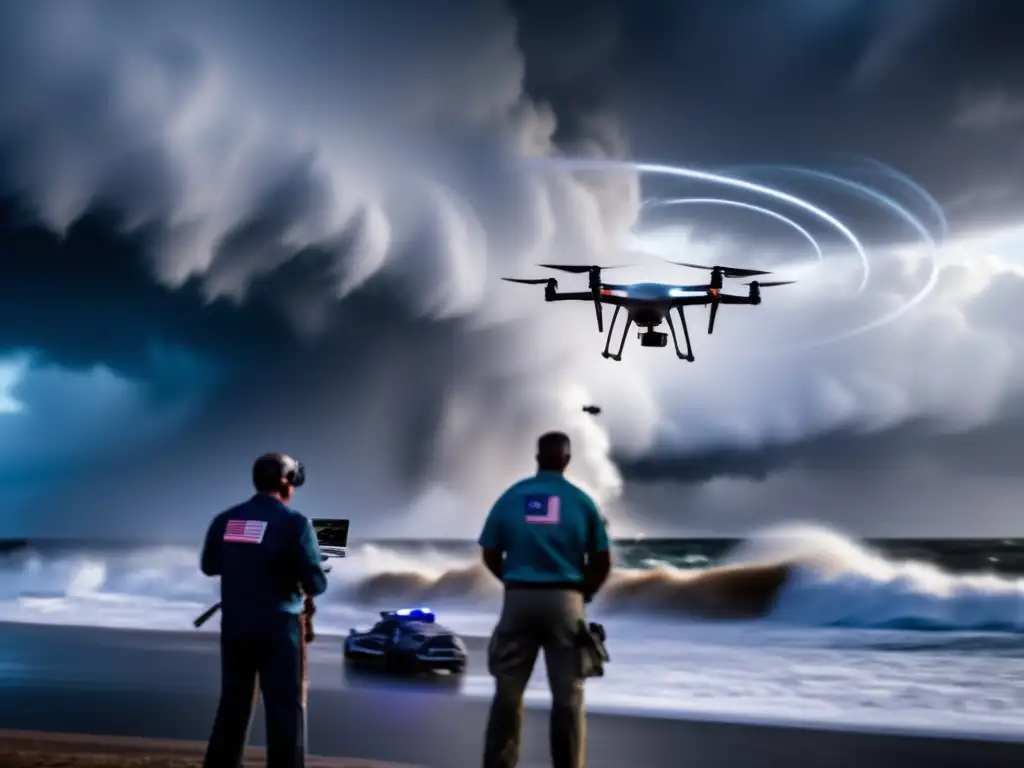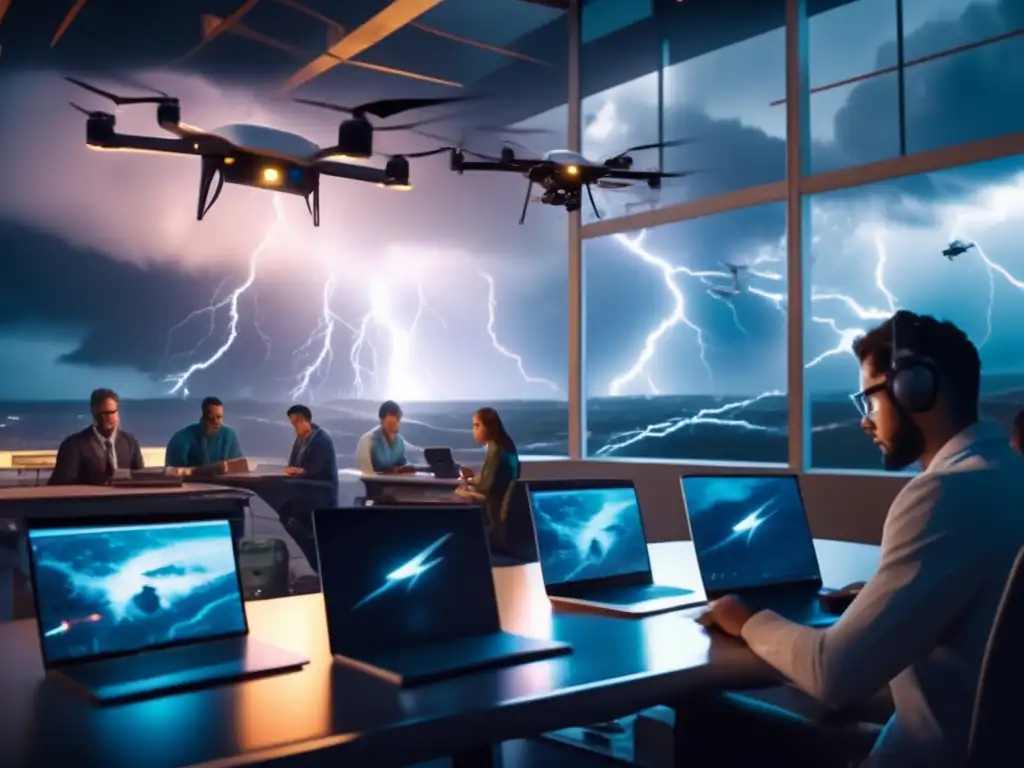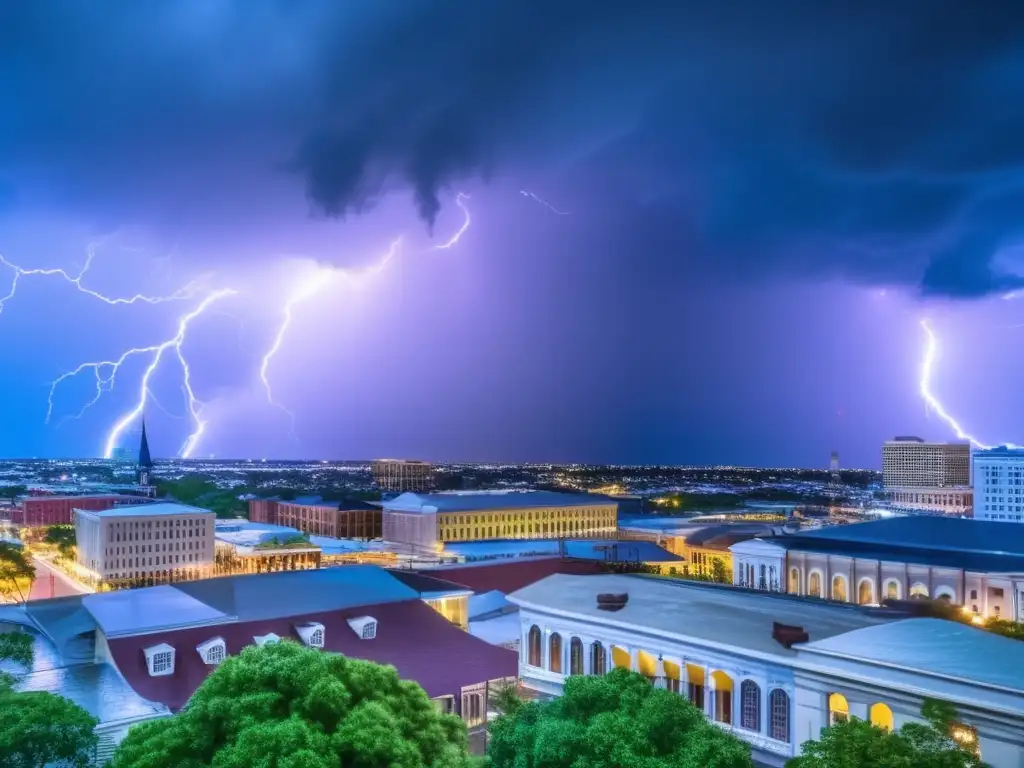"Eye Of The Storm: NASA, Drones, And The Race To Crack The Hurricane Code" By Amy Cherrix

[An In-Depth Literary Analysis of the Hurricane Book: "Eye of the Storm: NASA, Drones, and the Race to Crack the Hurricane Code" by Amy Cherrix]
- Introduction
- Book Details
- How "Eye of the Storm: NASA, Drones, and the Race to Crack the Hurricane Code" by Amy Cherrix Portrays Hurricanes
- Key Aspects of "Eye of the Storm: NASA, Drones, and the Race to Crack the Hurricane Code" by Amy Cherrix
- Comparing "Eye of the Storm: NASA, Drones, and the Race to Crack the Hurricane Code" by Amy Cherrix to Other Hurricane Books
- Popular Opinion and Reception of "Eye of the Storm: NASA, Drones, and the Race to Crack the Hurricane Code" by Amy Cherrix
- Frequently Asked Questions
- Conclusion
Introduction
When it comes to natural disasters, hurricanes are one of the most devastating phenomena. With their immense power, they leave a trail of destruction behind them, affecting many people's lives. Literature has always been a means to understand and cope with such events. In this article, we will take a closer look at the hurricane book "Eye of the Storm: NASA, Drones, and the Race to Crack the Hurricane Code" by Amy Cherrix. This non-fiction book is part of the Scientists in the Field series and explores the fascinating world of hurricane research. Through vivid descriptions and engaging storytelling, Cherrix offers insights into the history of hurricane science and the ongoing efforts to better understand these storms.
Book Details

- Book Title: Eye of the Storm: NASA, Drones, and the Race to Crack the Hurricane Code
- Author: Amy Cherrix
- Genre: Non-fiction, Science, Weather, Nature
- Publication Year: 2017
- Publisher: HMH Books for Young Readers
- Additional Interesting Facts: The book features real-life scientists and their work towards understanding hurricanes.
How "Eye of the Storm: NASA, Drones, and the Race to Crack the Hurricane Code" by Amy Cherrix Portrays Hurricanes

The Role of Hurricanes in the Narrative
As the title suggests, hurricanes play a significant role in this book. They are not just weather events that cause destruction, but they are also fascinating phenomena that scientists still struggle to understand fully. Throughout the book, Cherrix emphasizes the complexity of these storms and the challenges that researchers face when trying to study them. Hurricanes serve as the driving force behind the narrative, propelling the story forward and providing readers with an engaging perspective on the topic.
Symbolism of Hurricanes
The author does not use hurricanes explicitly as symbols or metaphors in the book. Instead, Cherrix portrays hurricanes as powerful natural events that have a significant impact on society. Through her writing, she highlights the importance of science in understanding these storms and mitigating their effects on people's lives. Thus, hurricanes represent the need for knowledge and research in the face of natural disasters.
Key Aspects of "Eye of the Storm: NASA, Drones, and the Race to Crack the Hurricane Code" by Amy Cherrix

Storyline and Characters
The book is structured chronologically, following the development of hurricane science from early observations to current research methods. The narrative is straightforward, making it easy to follow for readers of all ages. Cherrix introduces readers to real-life scientists who specialize in hurricane research, such as Dr. Joseph Cione of NOAA and Dr. Scott Braun of NASA. By featuring these individuals, the author provides an accessible and relatable way to learn about the scientific work done in this field.
Literary Techniques and Stylistic Devices
Cherrix writes with clarity and precision, using concrete details to depict complex scientific concepts. She employs metaphors and analogies to help readers understand the complicated science of hurricanes. For instance, she compares hurricane researchers to detectives trying to solve a mystery. Such literary techniques make the book more engaging and accessible for readers of all ages.
Realism and Accuracy
The book is well-researched and accurate in its portrayal of hurricanes and the science behind them. The author draws on primary sources and interviews with scientists to provide an up-to-date understanding of current research in the field. Additionally, Cherrix emphasizes the importance of scientific accuracy and avoids sensationalizing the topic of hurricanes.
Comparing "Eye of the Storm: NASA, Drones, and the Race to Crack the Hurricane Code" by Amy Cherrix to Other Hurricane Books

"Isaac's Storm" by Erik Larson
Both books deal with hurricanes, but they do so in different ways. While Cherrix's book focuses on the science of hurricanes and the researchers who study them, Larson's book is a historical account of the Galveston Hurricane of 1900. "Isaac's Storm" is more of a narrative-driven book, exploring the human impact of the hurricane. On the other hand, "Eye of the Storm" is geared towards younger readers and focuses on current research on hurricanes and the use of technology to study them.
"The Perfect Storm" by Sebastian Junger
"The Perfect Storm" is a non-fiction book that explores the story of the Andrea Gail, a commercial fishing vessel lost at sea during the "perfect storm" of 1991. Unlike Cherrix's book, which focuses on the science of hurricanes and their study, "The Perfect Storm" is a narrative-driven book that explores the human experience of battling the elements in severe weather. While both books deal with hurricanes, they offer different perspectives on the subject matter.
Popular Opinion and Reception of "Eye of the Storm: NASA, Drones, and the Race to Crack the Hurricane Code" by Amy Cherrix

"Eye of the Storm" has received critical acclaim since its publication. The book was a finalist for the 2018 AAAS/Subaru SB&F Prize for Excellence in Science Books and won a starred review from Kirkus Reviews. Reviewers have praised the book's accessibility, engaging narrative, and accurate depiction of hurricane science.
Frequently Asked Questions

-
What age group is "Eye of the Storm" recommended for?
The book is recommended for readers aged 10 to 14, but it can be enjoyed by anyone interested in hurricanes and the science behind them.
-
Is the book based on real scientific research?
Yes, the book is based on real-life scientific research, and Cherrix worked closely with researchers to ensure the accuracy of the content.
-
What sets "Eye of the Storm" apart from other hurricane books?
"Eye of the Storm" explores the cutting-edge technology used to study hurricanes, such as drones and specialized aircraft. It provides an up-to-date understanding of current research in the field and offers insights into the ongoing efforts to better understand hurricanes and their impact.
-
Is the book accessible to readers without a background in science or meteorology?
Yes, the book is written in an engaging and accessible style, and Cherrix uses metaphors and analogies to explain complex scientific concepts.
-
What is the main message of "Eye of the Storm"?
The book emphasizes the importance of scientific research in understanding hurricanes and mitigating their impact. It highlights the ongoing efforts to better understand these powerful natural events and the technologies used to study them.
Conclusion
"Eye of the Storm: NASA, Drones, and the Race to Crack the Hurricane Code" by Amy Cherrix is an engaging and informative non-fiction book that explores the science behind hurricanes. The book portrays hurricanes as fascinating natural events, highlighting the challenges that researchers face when trying to study them. Through its accessible writing and use of literary techniques, Cherrix offers insights into current research on hurricanes and the technologies used to study them. "Eye of the Storm" is an excellent resource for young readers interested in science or meteorology and for anyone seeking to better understand these powerful natural events.
As we continue to experience the impact of hurricanes globally, it is more important than ever to understand their causes and effects. By engaging with resources like "Eye of the Storm," we can recognize the significance of scientific research and the vital role it plays in keeping us safe during natural disasters.
We encourage our readers to share their opinions and thoughts on "Eye of the Storm" in the comments section below. We also welcome anyone seeking additional information on hurricanes or any other related topics to contact us or subscribe to hurricaneinsider.org for further discussions and updates on this subject. Together, we can work towards greater knowledge and understanding of this critical issue.
 "Hurricane Song: A Novel Of New Orleans" By Paul Volponi
"Hurricane Song: A Novel Of New Orleans" By Paul Volponi "Hurricane Dancers: The First Caribbean Pirate Shipwreck" By Margarita Engle
"Hurricane Dancers: The First Caribbean Pirate Shipwreck" By Margarita Engle "I Survived Hurricane Katrina, 2005" By Lauren Tarshis
"I Survived Hurricane Katrina, 2005" By Lauren TarshisIf you want to discover more articles similar to "Eye Of The Storm: NASA, Drones, And The Race To Crack The Hurricane Code" By Amy Cherrix, you can visit the Books about Hurricanes category.
Leave a Reply

Articulos relacionados: